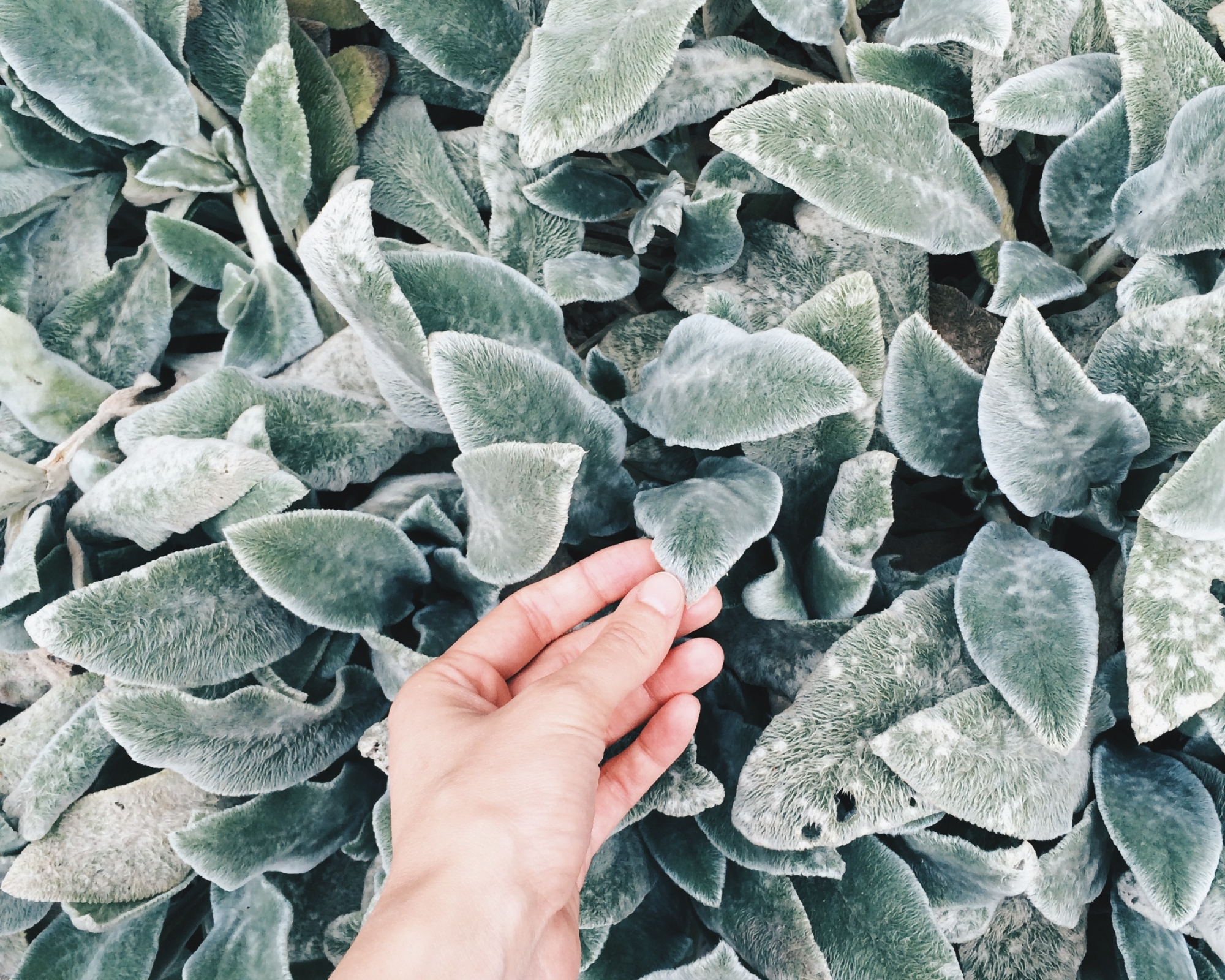How To Create A Sensory Garden That’s A Feast For All Five Senses
All gardens appeal to the senses, but you can boost the benefits of gardening by designing a special sensory garden experience for the mind and body.


A sensory garden is simply one that appeals to all our five senses. It is beneficial for developing young minds, but also a memory booster for seniors. People of all ages can appreciate a garden that enlivens their view, auditory experience, scent, delights their touch, and can enhance their pleasure in food.
Sensory gardens can help you connect with nature and tune into your surroundings in a way that is grounding and restorative. Sensory gardens also enhance accessibility for those who have disabilities by engaging multiple senses.
Gardening for mental wellness doesn’t have to be complex, but sensory garden ideas should be well thought out and produce a cohesive design that meshes well together.
What is a Sensory Garden?

You do not need to be an aficionado of ASMR to enjoy the feeling of a sensory garden. Our human response to any stimulus is usually recorded and decoded through one or more of our senses. In the case of sensory garden plants, every one of our senses is invited to play in the experience.
What is a sensory garden? It is a place where plants and other items, usually natural, interplay and engage us with their various attributes. Sight, sound, taste, touch, and smell are all stimulated in various ways. This can be soothing, exciting, educating, or producing other effects.
The sensory garden should be an accessible garden and include items like pathways, garden seating, and other structures that help the attendee enjoy every part of the experience.
Principles of a Sensory Garden
The basic principles are planting a garden that appeals our five senses and engages us in a full body experience of the garden.
Sign up for the Gardening Know How newsletter today and receive a free copy of our e-book "How to Grow Delicious Tomatoes".
- Touch - Think texture such as soft, fuzzy, spiky, rough. Select pants that are hardy enough to accommodate handling. You can also create a sensory walkway where the feeling underfoot changes as you pass through the garden.
- Sound - This may come from the plants themselves or from installed items like water features. The rustle of a bamboo or the rattlesnake master with its shaking seed heads.
- Smell - The spicy, floral, and herbal scents of flowers, but also the aroma that arises from walking on creeping thyme or the refreshing smell of eucalyptus leaves. Avoid clustering heavily scented plants in one area as they can overwhelm each other.
- Taste - Pepper the landscape with edible plants like herbs, fruit trees, native berry bushes, and other flavorful treats. Ensure the edible plant has other sensory appeal to encourage interaction.
- Sight - Create a multidimensional space where there are many places for the eye to rest. Don’t limit the experience to color or height, but incorporate light and shadow, and even movement in your layered garden design.

Benefits of a Sensory Garden
A sensory garden for kids may be educational, stimulating, and encourage curiosity. A garden designed for seniors might be nostalgic, easy to access, and calming. No matter the purpose of the garden, the benefits are enormous to any age group.
Connecting with nature is good for our health. Engaging with the flora that makes up our natural world brings us closer to our food sources and makes us appreciate how all life is interconnected.
The engagement can calm the mind and relieve stress or it can flip on a mental switch, giving us an electrifying, pleasurable experience. The goals for such a garden are varied, but the responses from individuals will be different too, although always pleasant and therapeutic.
Sensory Garden Plants

When selecting sensory garden plants, focus on the five senses. Bring in plants that are visually appealing through their colors, textures, and size. The plants should have different growth habits, foliage, bark, and several seasons of appeal. This will appeal visually.
Incorporate plants with different scent, either that that is emitted naturally, or when touched. Plants that rustle or clatter when the wind blows, or that have seed pods that crackle will stimulate the sense of sound. Bring in wind chimes and other elements of noise to encourage that sense. Make sure there are plenty of tactile delights, through textured leaves, spiky seed pods, and velvety petals.
Finally, add in some plants that are edible for a taste experience that will go along with the other sensory encounters. Here are a few favorites to get you started:
- Lamb’s Ear
- Butterfly Weed
- Paperbark Maple
- Witch Hazel
- Cockscomb
- Hens and Chicks
- Wooly Thyme
- Swiss Chard
- Gayfeather
- Ornamental Grass
- False Indigo
- Irish Moss
- Peony
How to Design a Sensory Garden

Whether the area is big or small, incorporate some non-plant items. These might be pathways, water features, large stones or boulders, wildlife habitat such as bird feeders or baths, seating, and other items to increase comfort and accessibility.
The garden layout can be designed to separate sensory experiences, meld them together, or in combinations of sensory encounters. Every corner should be one of discovery. Where possible, create an interactive experience. You can even use gardening apps to help plan your layout and pick which plants to use.
Sensory gardens are a great way to be creative in the garden. The objectives of a sensory garden are as varied as the gardeners who plant them. Some gardeners want to develop a discovery place that is calm, while others will want an energetic, energizing space.
The reason for a sensory garden is individual, but a broad spectrum garden should appeal to people of all walks of life, ages, and abilities, awakening the senses and producing a variety of responses. You can make it your own and have a lot of fun designing your sensory garden.

Bonnie Grant is a professional landscaper with a Certification in Urban Gardening. She has been gardening and writing for 15 years. A former professional chef, she has a passion for edible landscaping.
